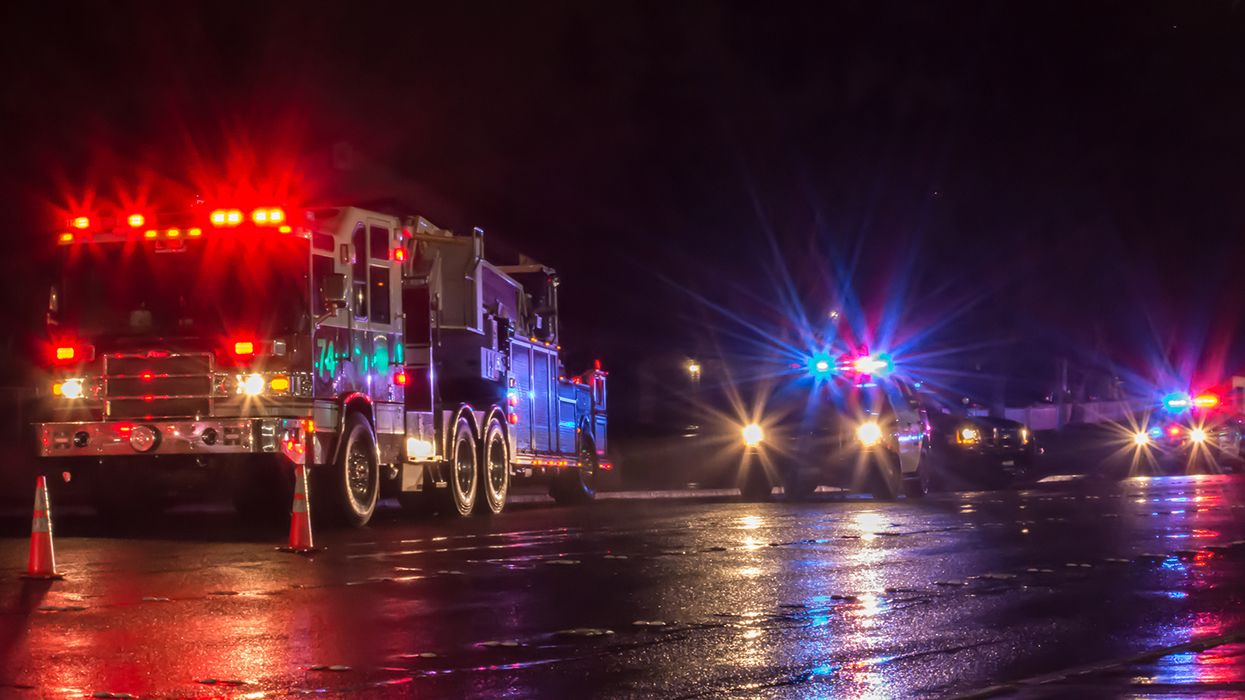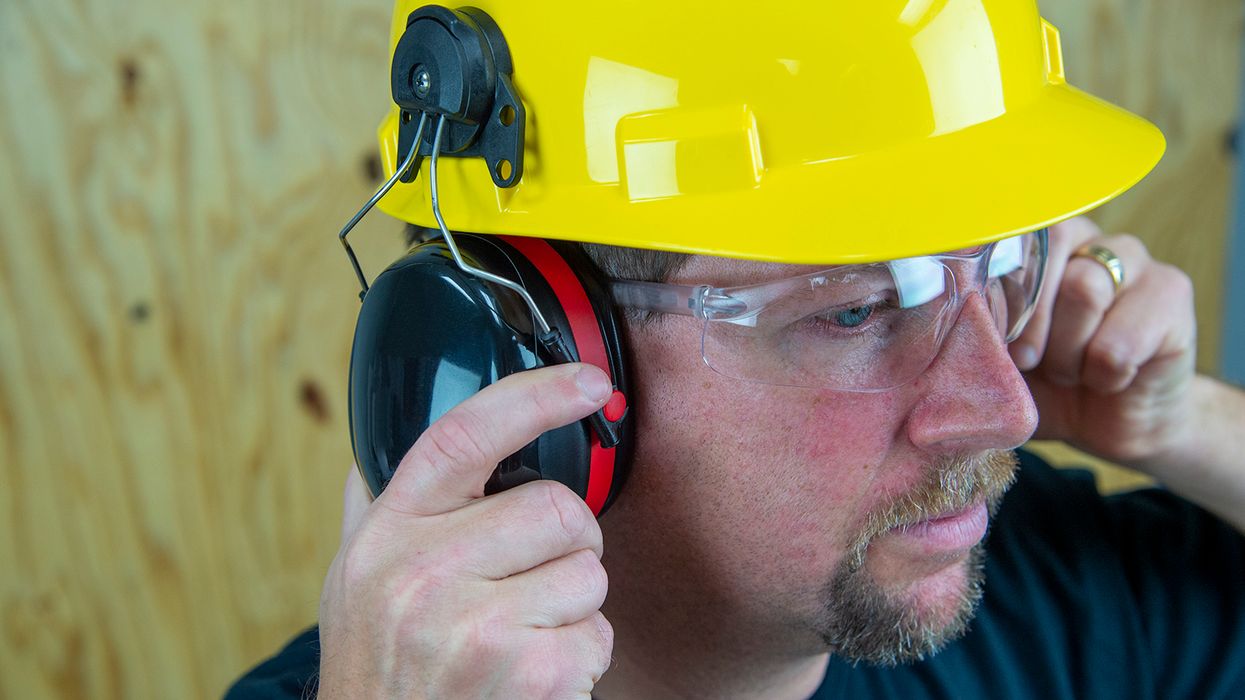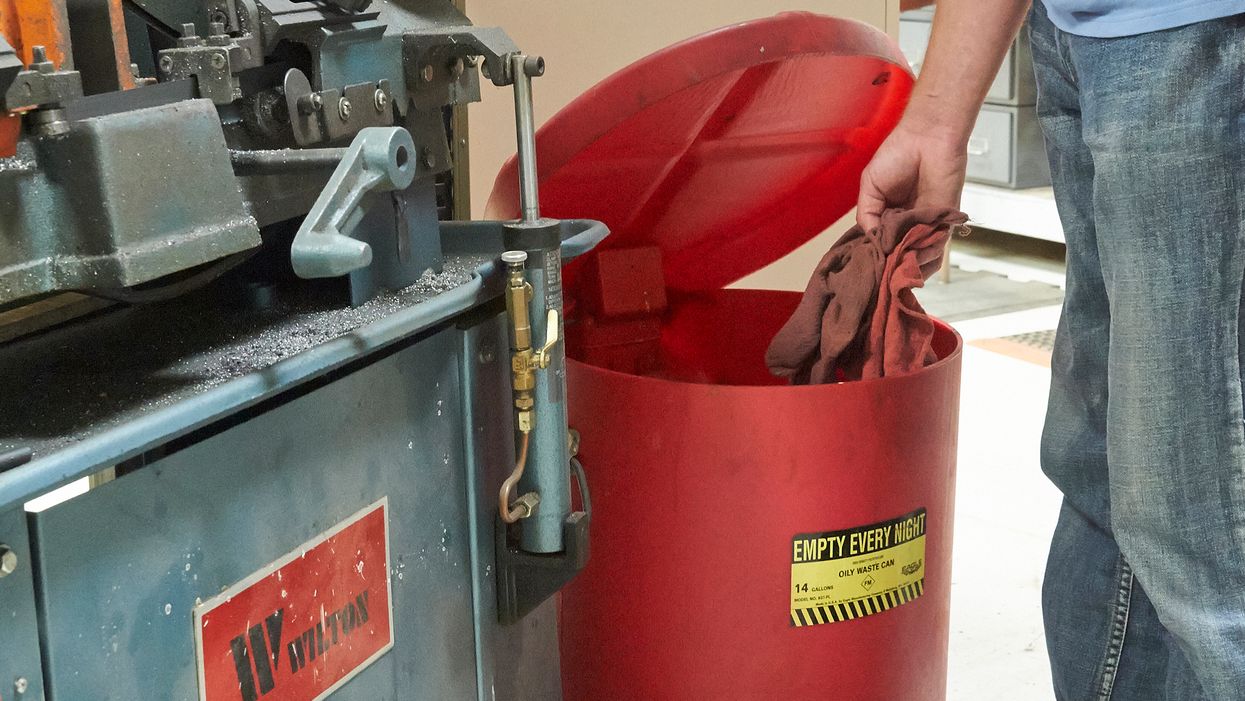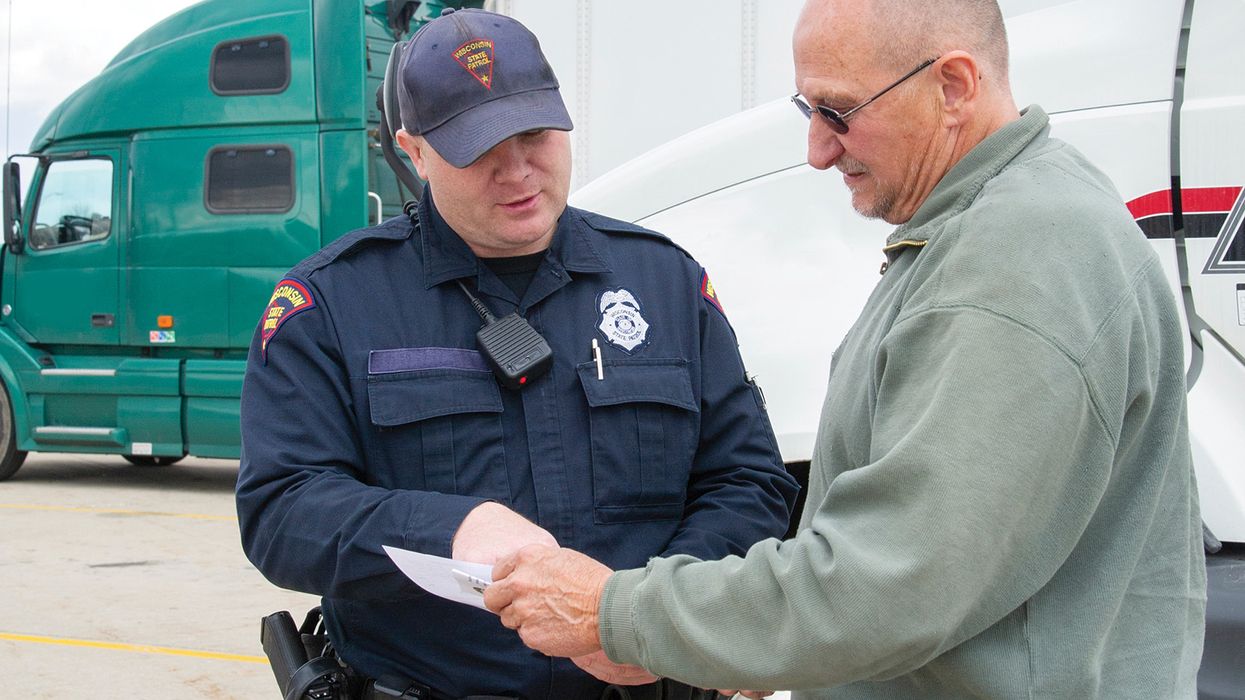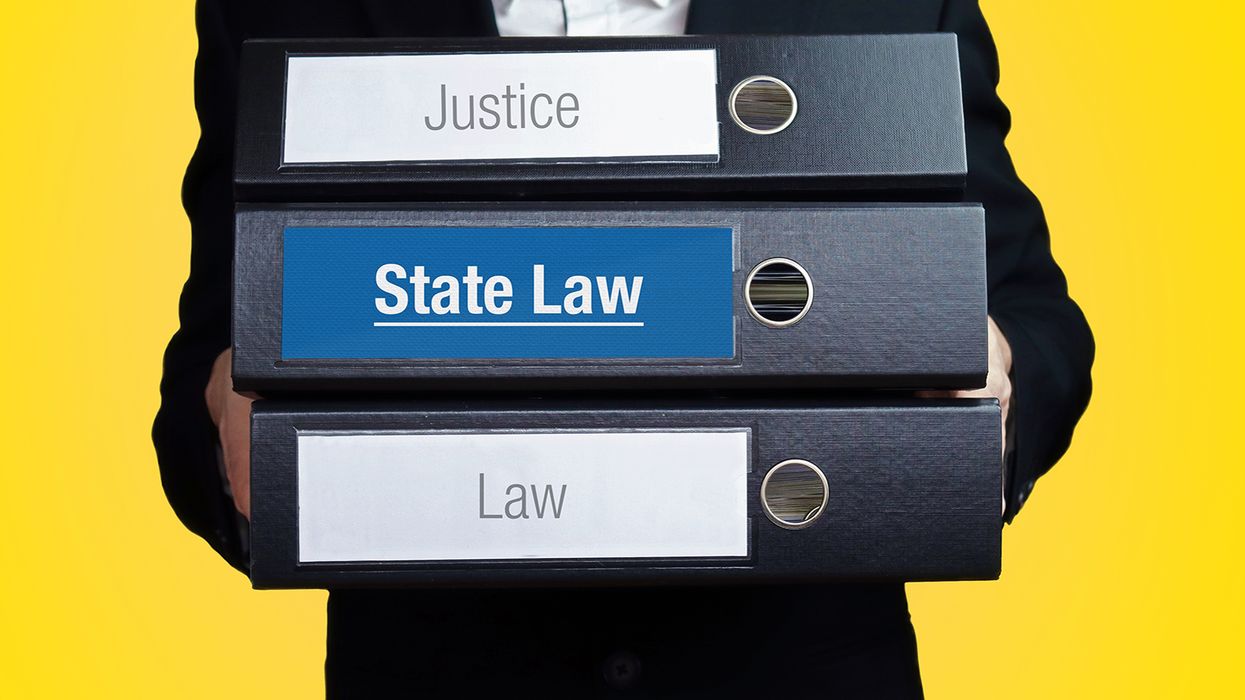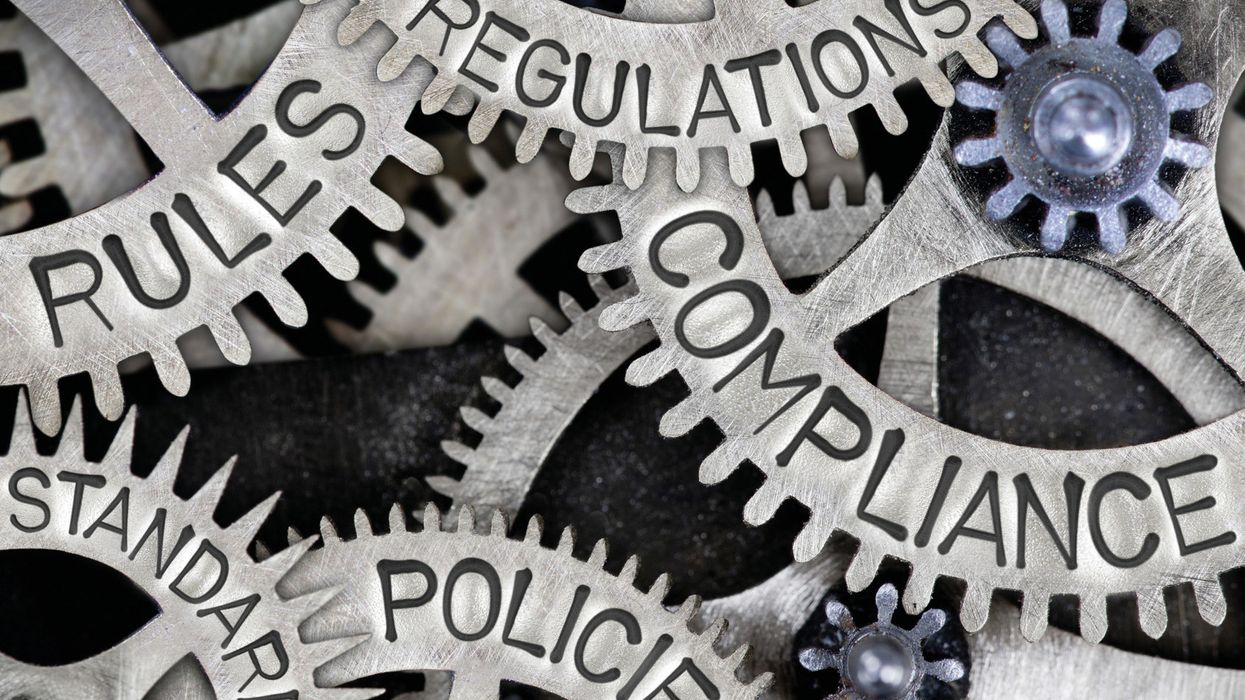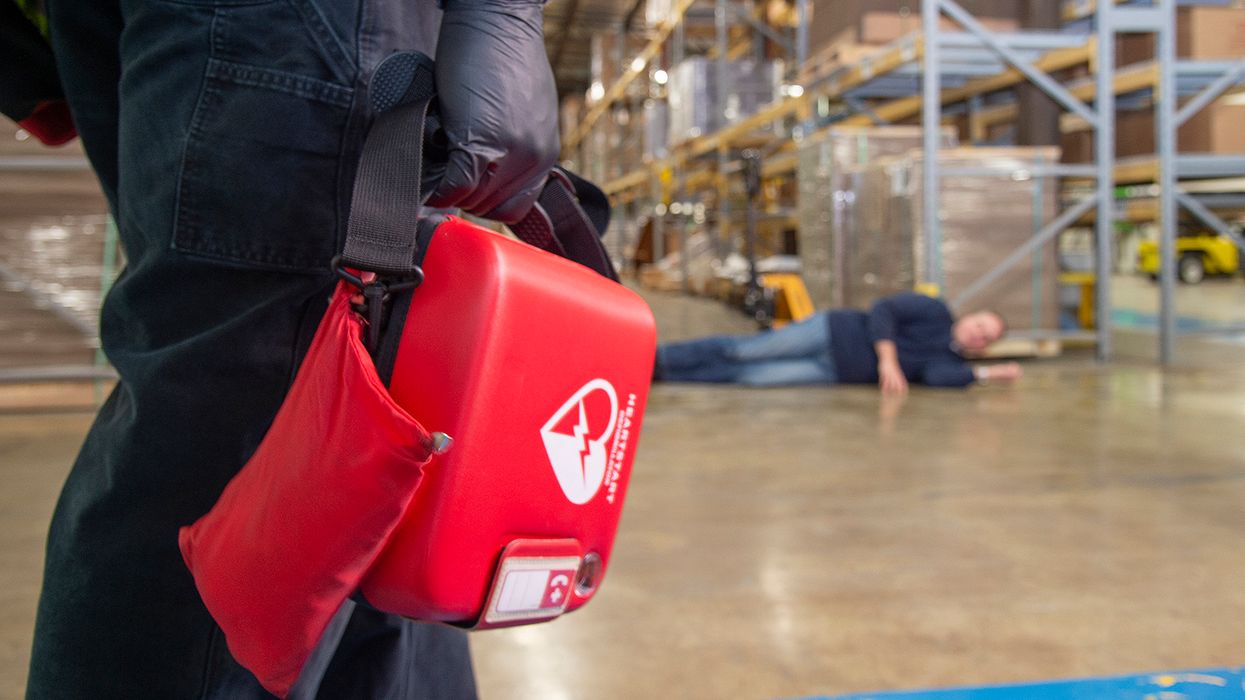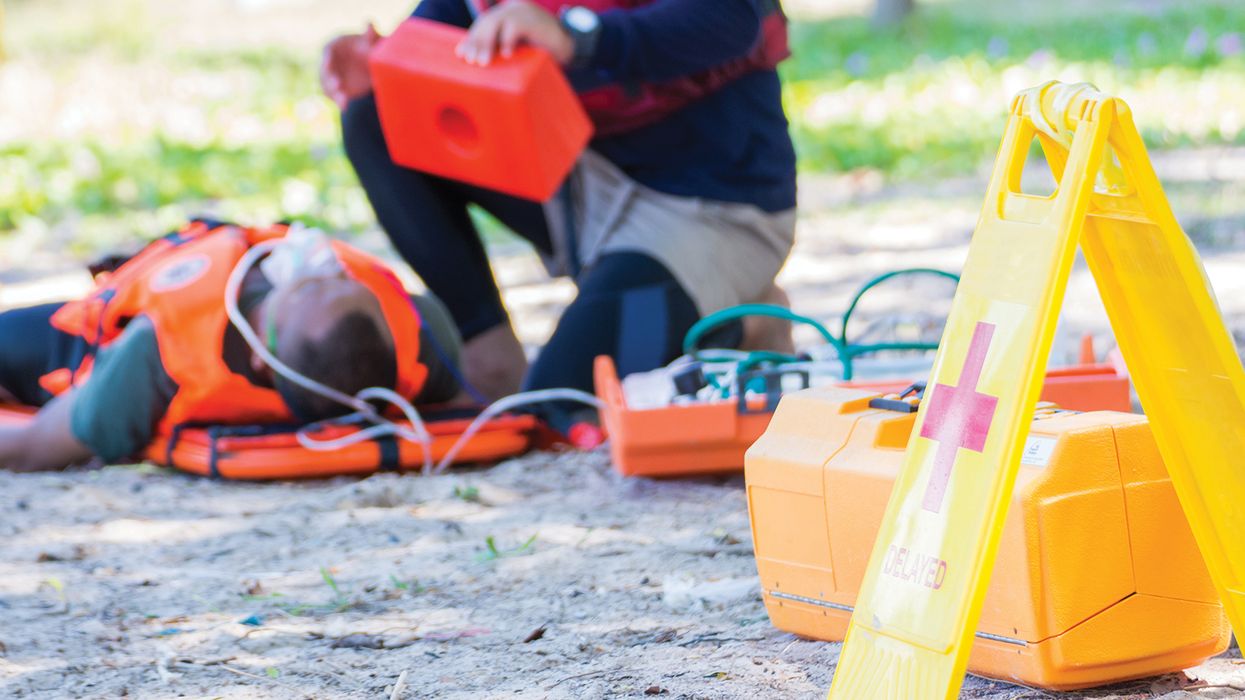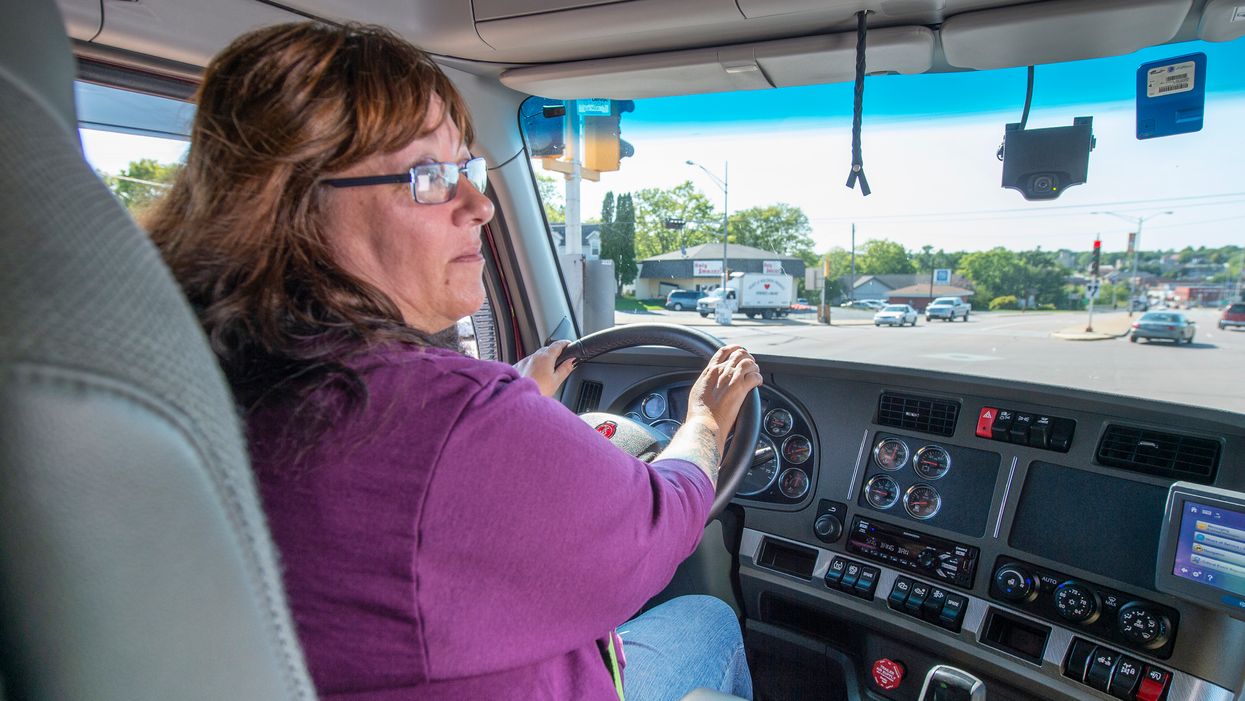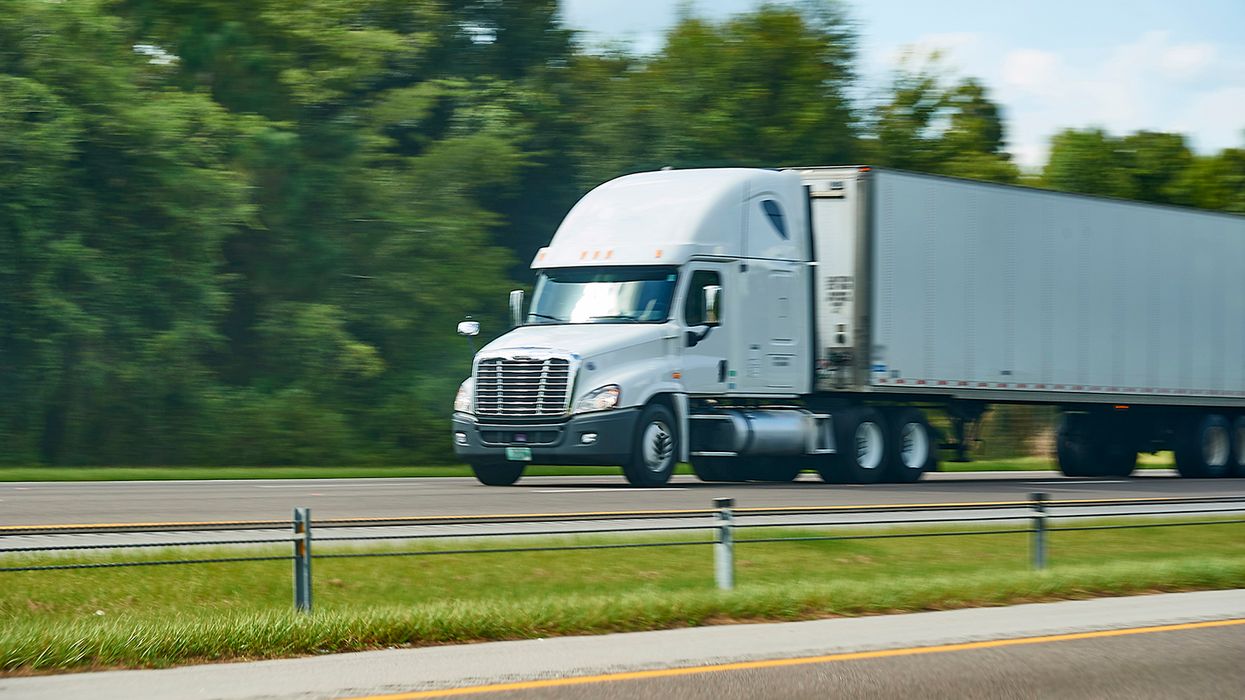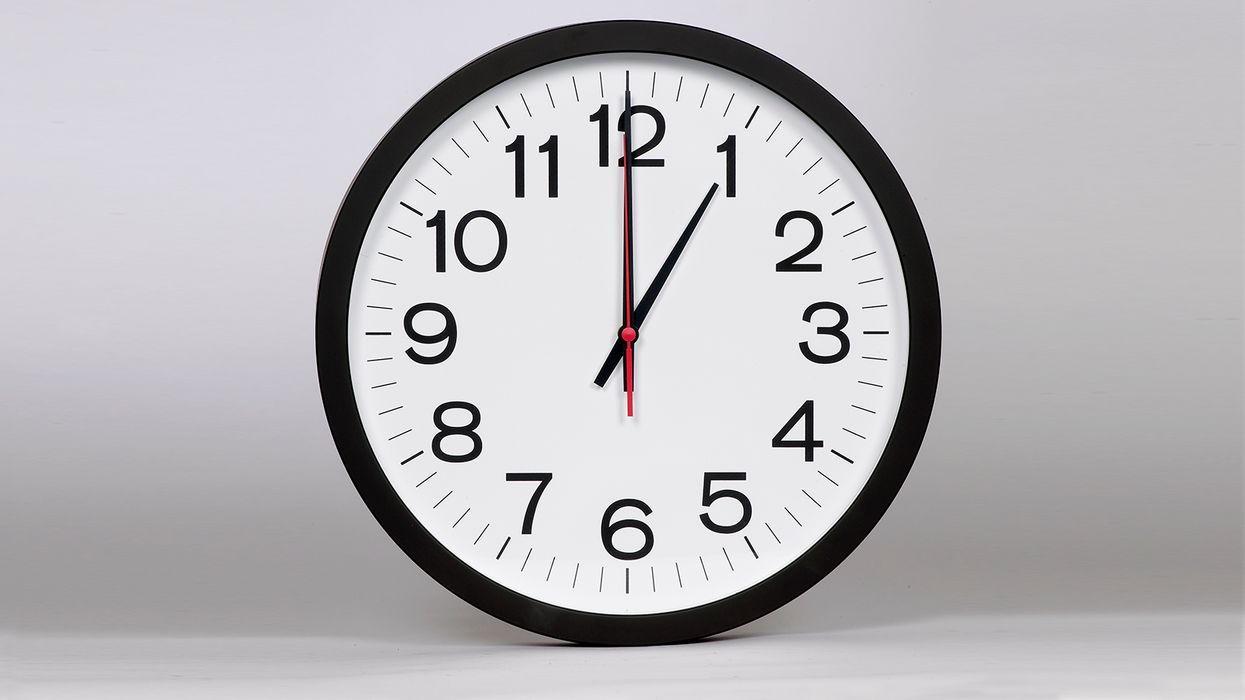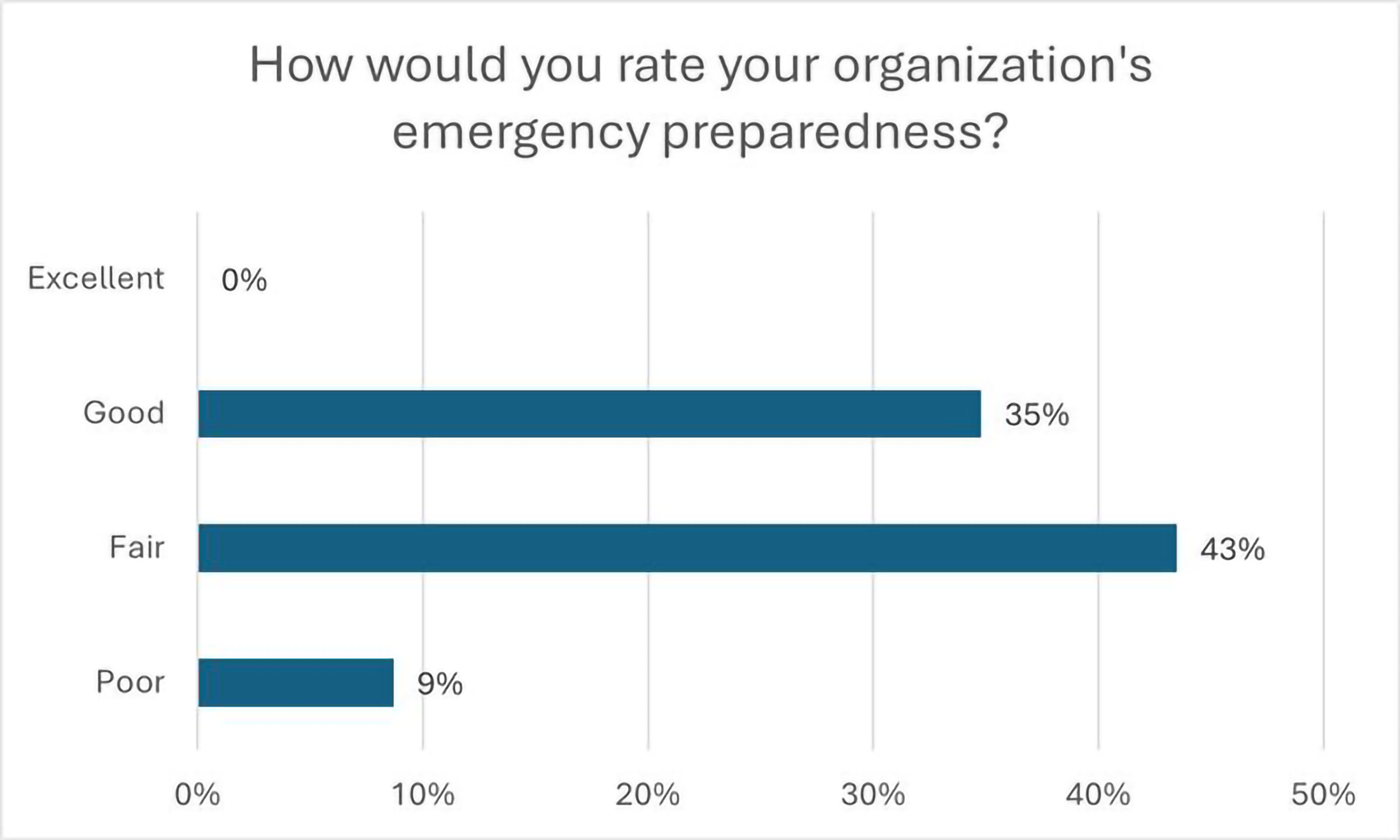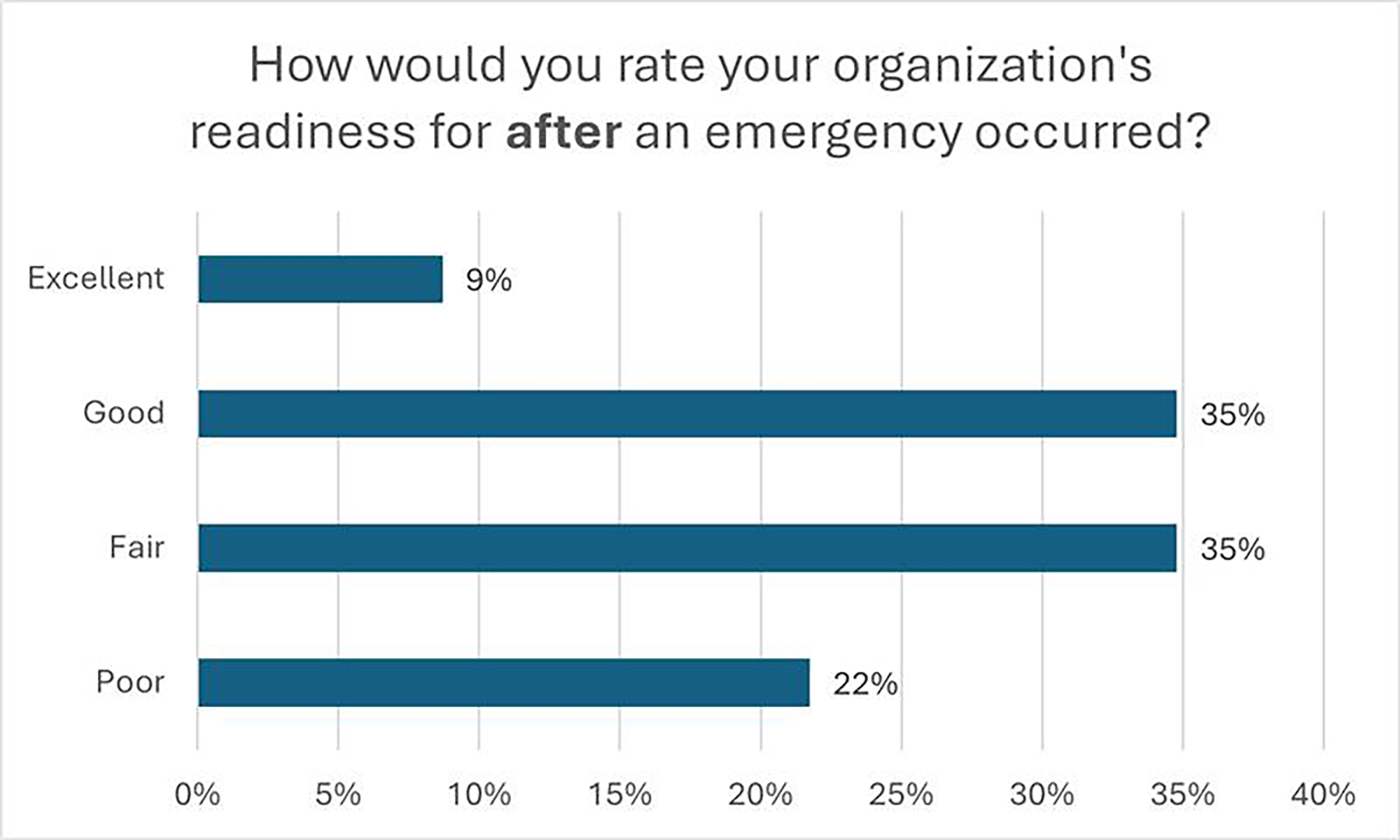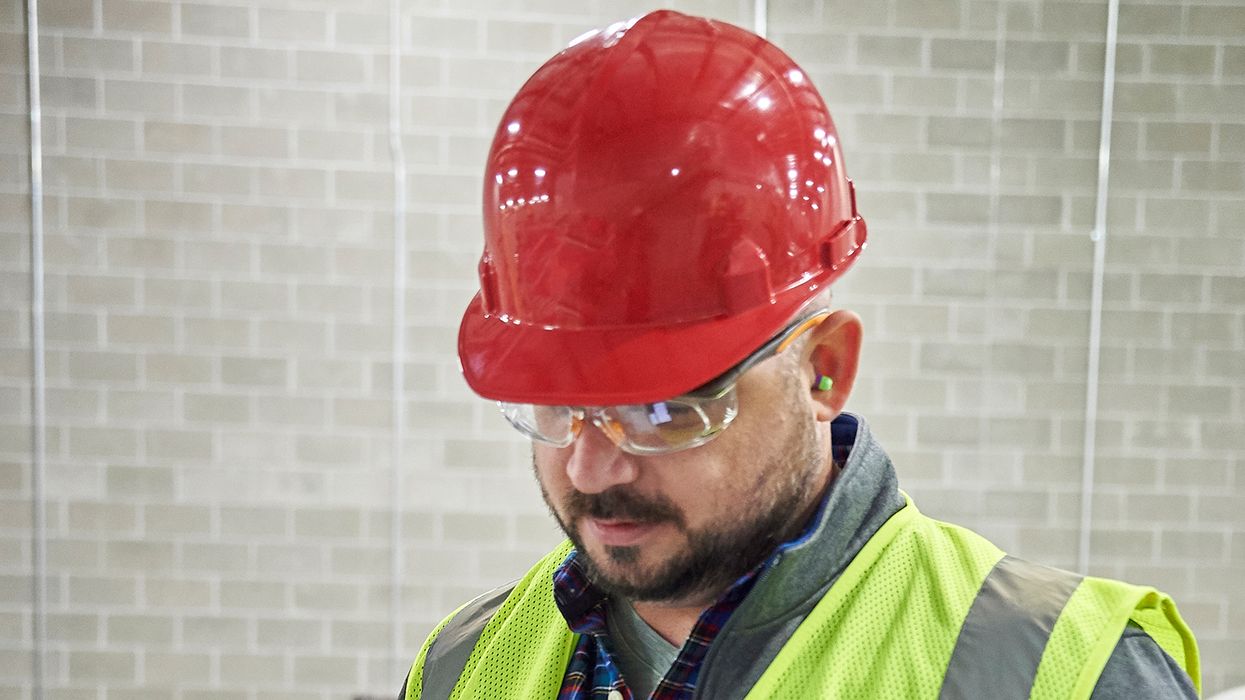Promoting from within to CMV driving roles? Use a checklist to avoid nuclear verdict detonators
Moving a non-regulated employee to a commercial motor vehicle (CMV) driving role might seem straightforward. The transition involves navigating a web of Federal Motor Carrier Safety Regulations (FMCSRs). Avoid costly compliance mistakes that could result in audit fines, or potential detonators of a nuclear verdict in post-crash litigation.
Below is an overview of the minimum compliance requirements and a link to complete checklist.
Driver qualification file (DQF) documents
The promotion to a CMV driving role starts with the creation of a DQF. There are checks done when initially hiring a person as a non-regulated employee. However, this file is mandatory to show the employee is qualified and able to safely operate a CMV.
The DQF must include:
- Department of Transportation (DOT)-regulated employment application (391.21): Different from a general employment application, this document requires a three-year history of the driver's residences and employment (regulated and non-regulated), the social security number (SSN) and birth date, along with other elements required by 391.21(b).
- Motor vehicle records (MVRs) (391.23(a)(1)): MVRs must be obtained from each of the driver’s licensing authorities in the prior three years. MVRs are run every year thereafter for the annual review (391.25). MVRs help assess the licensing status and the history of violations and accidents.
- Safety Performance History (SPH) (391.23(d)): Verify the driver's employment dates and DOT accidents at regulated employers in the prior three years within 30 days of the date they moved to a CMV driving role. If all three years were in a non-regulated role, that must be documented.
- Road test certification (391.31): Non-CDL and CDL drivers must pass a road test to demonstrate their ability to operate a CMV safely. The road evaluation and certificate must be in the DQF. A carrier can choose to accept a copy of a CDL or a road test certificate issued by a carrier in the past three years.
- Medical certification (391.43): A certified medical examiner (CME) from the National Registry of Certified Medical Examiners (NRCME), not their personal care provider (PCP), must certify the person before they operate any CMV. The medical certificate must be renewed at least once every two years prior to the expiration date. CDL drivers must have their medical certification information on their MVR.
A detailed qualification checklist is available at this link: DQ File Checklist.
Drug and alcohol testing records
For employees that will operate a CDL-CMV (see the definition in 383.5), DOT drug and alcohol testing and Clearinghouse query requirements apply. Before operating a CDL CMV for the first time, in addition to verifying that the driver holds a valid CDL, the employer will need the following documented:
- Pre-employment drug test result (382.301),
- Pre-employment query of the Clearinghouse (382.701(a)),
- Receipt signed by the driver for the DOT drug and alcohol policy (382.601(d)), and
- Proof that the driver was asked about previously failed DOT pre-employment tests within the past two years (40.25(j)).
Key to remember: Reduce the risk of costly accidents or fines due by following a qualification checklist when moving an employee from a non-regulated job to one involving the operation of a CMV.


























